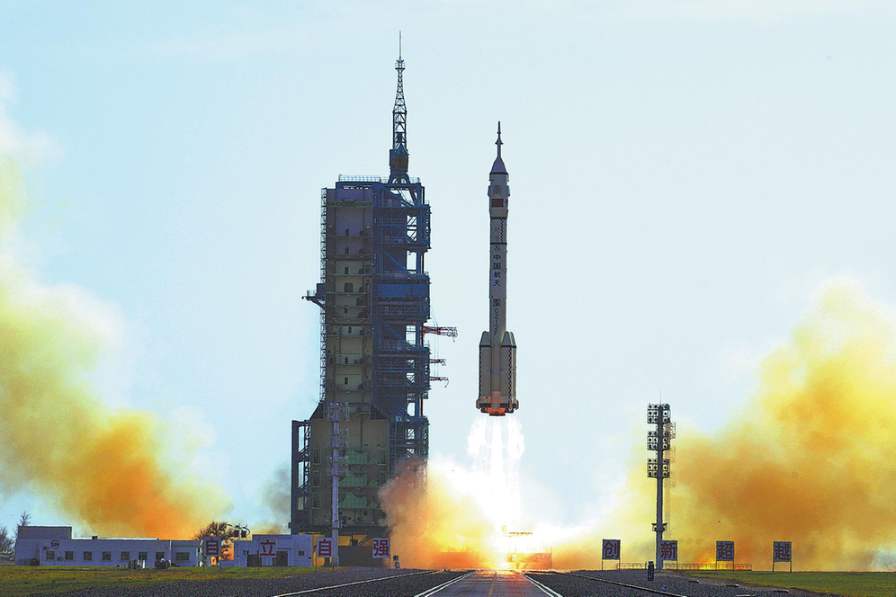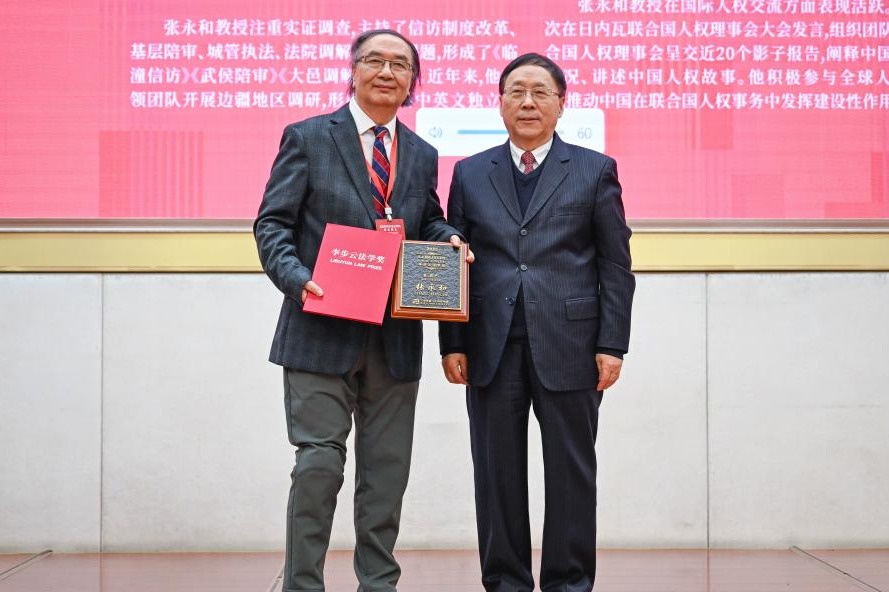Virus-hit Wuhan speeds up diagnosis of patients


WUHAN - As more hospitals and qualified third-party institutions join the effort, Wuhan is now able to test nearly 4,200 nucleic acid samples per day, local authorities said.
Apart from provincial and municipal centers for disease control and prevention, 25 hospitals and 12 qualified third-party institutions are also able to conduct nucleic acid testing, according to the Hubei Provincial Health Commission.
As of Monday, the novel coronavirus nucleic acid testing capability of Wuhan had increased to 4,196 samples per day from an initial 200 samples.
The city is not only improving its nucleic acid testing capability, but also adding more testing methods to diagnose patients as soon as possible so as to control possible transmission and offer the patients proper treatment.
More hospital beds are now available as the city raced to turn public facilities into makeshift hospitals.
The first such hospital, converted from an exhibition center, began accepting patients Wednesday. The hospital will provide about 1,600 beds to infected patients.
Two other public facilities have also been turned into hospitals, with a total of 2,800 beds. They started to take in patients with mild symptoms late Wednesday.
As of Wednesday, a total of 10,117 confirmed cases of the novel coronavirus infection had been reported in Wuhan.
MORE TEST METHODS, LESS TRANSMISSION
Computed tomography (CT) imaging has been added as an auxiliary testing method in Hubei, according to the latest diagnosis and treatment plan by the National Health Commission released Wednesday.
This suggests that the diagnosis of the novel coronavirus in the province will no longer be solely dependent on nucleic acid test results.
"The nucleic acid test result is the gold standard for the final diagnosis of novel coronavirus infections, but those who have a negative nucleic acid test result may see positive CT imaging results," said Zhang Xiaochun with the Zhongnan Hospital of Wuhan University.
"It takes us time to learn about the novel coronavirus as well as testing and treatment for the disease. The method may help ease the difficulty in conducting nucleic acid tests in a short period of time, helping control the epidemic.
"CT imaging is more convenient and accessible in primary hospitals. It will help reduce cross-infection, controlling the infection source and cutting off the transmission route because the patients, as soon as they are diagnosed, will be put under medical observation and receive necessary treatment."
- Archives detailing crimes of Japanese unit released
- 'Reservoirs of primordial water' may be buried deep within Earth
- China remembers victims of Nanjing Massacre, 88 years on
- China launches carrier rocket to deploy experimental cargo ship and satellite
- Relic dates Jinan founding to around 4,200 years ago
- New rocket set to debut soon, launch six satellites




































